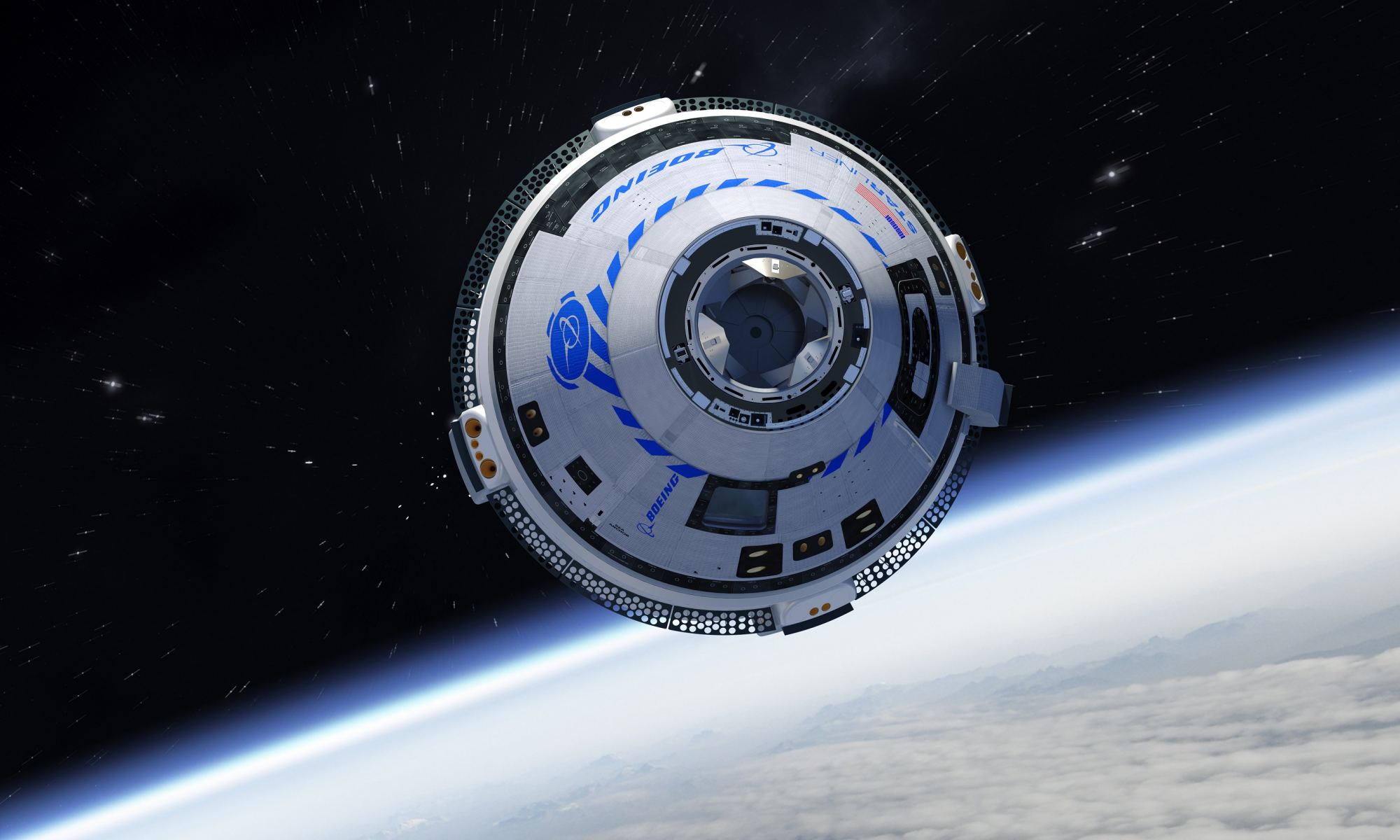On July 28th, the International Space Station (ISS) suffered a mishap after a new Russian module (named Nauka) fired its thrusters just hours after arriving. As a result, the entire station was temporarily pushed out of position, forcibly delaying the Orbital Flight Test-2 (OFT-2) mission. This would have been Boeing’s CT-100 Starliner’s second attempt to rendezvous with the ISS as part of NASA’s Commercial Crew Program (CCP).
The ISS managed to correct its orbit shortly thereafter, while the OFT-2 launch was delayed until the next available opportunity (Wednesday, Aug. 4th). Unfortunately, the mission was delayed again due to an issue with one of the valves on the spacecraft’s propulsion system. This prompted the ground crews to move the Starliner and Atlas V launch vehicle back into Vertical Integration Facility (VIF), so they can look for the source of the problem more closely.
The OFT-2 mission will be the second attempt of the Boeing CST-100 Starliner to dock with the ISS, having failed to do so during its previous attempt (in Dec. of 2019). Known as the OFT-1 mission, the Starliner successfully reached space without issue, but a clock malfunction prevented the engines from firing at the correct time. Once they did fire, they burned more fuel than anticipated, making its planned rendezvous with the ISS impossible.

That planned mission would have been the final uncrewed flight test, designed to validate the Starliner to conduct resupply and crewed missions to the ISS. SpaceX completed an uncrewed flight test (Demo-1) with their Crew Dragon spacecraft, which successfully rendezvoused with the ISS on March 2nd, 2019. This was followed by Demo-2, where astronauts Robert Behnken and Douglas Hurley flew to the ISS.
The OFT-2 flight would have put Boeing one step closer to securing contracts with NASA to fly cargo and crews to the ISS. Before that can happen, NASA and Boeing need to analyze the Starliner and find out why not all of its valves were in the proper configuration needed for launch. Already, NASA and Boeing have worked through several steps to troubleshoot the incorrect valve indications.
This included cycling the service module propulsion system valves while the Starliner was still in its launch configuration atop the United Launch Alliance’s (ULA) Atlas V rocket in Space Launch Complex-41 at the Cape Canaveral Space Force Station in Florida. At this juncture, the teams have also ruled out a number of other potential causes (such as a software glitch), but it was clear that additional assessment was needed.
After the engineering teams presented their initial findings to NASA and Boeing managers on August 4th decided that the Atlas V and Starliner would be relocated to the VIF for further inspection and testing. With the VIF’s assembly of support structures securing the spacecraft service module, engineers now have direct access to the Starliner and can conduct a more thorough analysis.

This will consist of Boeing powering up the Starliner so the vehicle can receive commands, which will provide the teams with real-time data. This data will then be used to inform any corrective measures that may be necessary to ensure the CST-100 when the next launch opportunity arrives. Said Steve Stich, manager of the Commercial Crew Program, in a recent update on NASA Blogs:
“The Boeing and NASA teams are working methodically to understand what caused the valve indications on the Starliner service module propulsion system. The troubleshooting in the Vertical Integration Facility will help focus on potential causes and next steps before we fly the OFT-2 mission.”
“This mission is extremely important for the Commercial Crew Program on the path to the Boeing Crewed Flight Test. We will fly the mission when we are ready. I am extremely proud of the NASA and Boeing teams for their professionalism, perseverance, and methodical approach to solving complex problems.”
Meanwhile, this assessment has given the crew aboard the ISS (Expedition 65) time to continue checking out the newly-arrived Roscosmos’ Nauka module and to ensure the station will be ready for Starliner’s arrival. Continued analysis of the unplanned thruster firings has shown that the space station experienced a total attitude change of about 540°, but that the maximum rate and acceleration did not approach safety limits for the ISS’ systems.

The analysis also confirmed that normal operations resumed once attitude control was regained, and the station is currently in good shape with all of its systems performing normally. Since then, the crew of Expedition 65 has resumed normal operations, which included unpacking the cargo that was delivered inside the new Nauka Multipurpose Laboratory Module (MLM).
The crew also resumed science operations, like the InSpace-4 space-manufacturing study in the Microgravity Science Glovebox. This experiment aims to research ways to harness nanoparticles and develop advanced materials in microgravity to improve space and Earth systems. The crew will also be watching the Cygnus spacecraft as it approaches the space station a day and a half after it launches on Tuesday, Aug. 10th.
The crew is also preparing for another spacewalk to prepare the ISS Port-4 truss structure ahead of the installation of the station’s next set of solar arrays. And if the Starliner‘s systems all check out, the OFT-2 mission will be moved to the first available launch opportunity and (barring any further issues) will be followed by another crewed mission launched from US soil.
On Earth and in orbit, the work continues to ensure that the future of space research, commercial space, and space exploration is secure!
Further Reading: Business Insider, NASA

